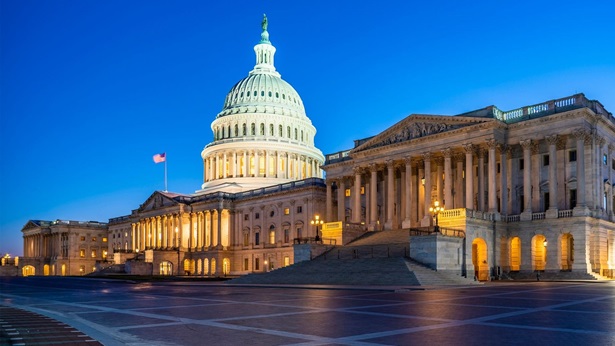Selling Sponsorships
Recruiting sponsors is a critical component for a successful Parade event. Here are some guidelines and tips to follow when considering your sponsorship strategy.
- Set sponsorship goals and needs for the Parade. It’s tempting to set unrealistic budget goals. Don’t assume that your sponsors will bite at any price or that a Parade can make up for poor performance in other areas.
- Create sponsorship categories and benefits based on the norms of your area. In other words, know your audience.
- Make the categories and benefits fair. Make sure the value of each benefit is clear. A logo on the event brochure is a good benefit, but three minutes of podium time before a live audience at the opening-day kickoff is a great benefit. So is serving as a moderator or panelist for an educational program tied to the Parade or even later in the year.
- When determining benefits, don’t give away the shop. Remember that the goal is to make money for the association. It’s a common trap to want to continue to offer benefits to important benefactors, but doing too much can devalue the overall program.
- Don’ promise what you can’t deliver. Make sure the sales person or sales committee are very clear about what benefits are available so the integrity of your event doesn’t suffer.
- Put together a sponsor information packet before you start. That establishes the professionalism of the event, sets clear expectations for both the sponsors and the sales committee, and helps associations avoid over promising and under delivering.
- Develop a list of potential sponsors. Prospect by reviewing lists of exhibitors and advertisers for other Parades and home shows.
- Determine who will contact potential sponsors. Consider how to divide a prospect list among council and board members or individual sales persons so that no potential sponsor falls through the cracks – or gets multiple phone calls.
- Determine how contact will take place. Will there be a phone campaign, blast emails, personal letters, a visit from a council leader, or a combination of efforts? Decide on a strategy and then keep a record for follow-up.
- Determine the timeline to seek sponsors. Even if you have a Spring Parade, you may want to make sure your “asks” are well underway in the Fall, which is the time of year that most vendors’ annual advertising and sponsorship budgets are set. It doesn’t mean, however, that sponsor contact should be limited to only one “ask.” Make sure that each new member gets information about the Parade and other sponsorship opportunities too.
- Set deadlines. This is an important management issue. Make sure that there are due dates for each phase of the sponsorship program, from initial calls to collecting logos and ads. Hold members and paid staff accountable, especially volunteers who may be shy about requesting contract signatures.
- Get the word out. When the sponsorship agreement is signed or funds are received, make the sponsorship known as soon as possible by posting logos on the Parade website and adding “thank-yous” to the next membership or Parade planning meeting. Sponsors appreciate immediate promotion, and potential sponsors will notice.
- Remember to say thank you. Personal interaction is important, and so are old-fashioned manners. When sponsorship funds are received, immediately send a personal thank-you letter.
- Devise a sponsorship retention plan. How will these sponsors return to support the Parade year after year? One way is to over deliver on benefits, especially with high-level sponsors. If a lower-level benefit remains unsold, add it to the sponsorship package for higher level sponsors. It’s a no-cost way to say thank you for continued business.



